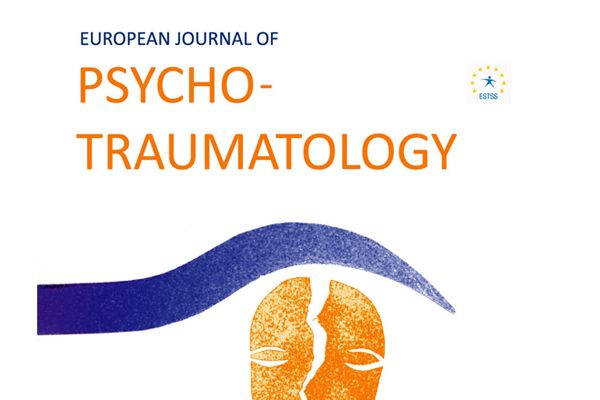23 februari 2020
European Journal of Psychotraumatology
Philippa Specker & Angela Nickerson
https://doi.org/10.1080/20008198.2019.1661814
Background: Emotion regulation difficulties are common among individuals from refugee backgrounds. Little is known, however, about whether there are specific patterns relating to the types of emotion regulation strategies commonly employed by refugees, nor how this relates to psychopathology. Moreover, wider literature on emotion regulation has primarily focused on examining specific emotion regulation strategies in isolation, rather than patterns of emotion regulation across multiple strategies.
Objective: The current study was the first to identify individual differences in patterns of habitual emotion regulation among refugees, and explore their unique associations with trauma exposure and PTSD symptoms.
Method: Levels of trait reappraisal and suppression were measured among 93 refugees, using the Emotion Regulation Questionnaire and the White Bear Suppression Inventory. A latent class analysis was conducted to identify distinct classes of participants based on differing levels of habitual engagement in reappraisal and suppression. The association between class membership and key variables indexing refugee experiences (e.g., trauma exposure) and psychopathology (e.g., PTSD symptoms and emotion dysregulation) were also examined.
Results: Latent class analysis revealed three distinct profiles of habitual emotion regulation: a high regulators class (55.7%; high trait reappraisal/high trait suppression), an adaptive regulators class (23.6%; high trait reappraisal/moderate trait suppression), and a maladaptive regulators class (20.6%; low trait reappraisal/high trait suppression). Each class evidenced unique relations with trauma exposure and psychopathology. Compared to adaptive regulators, maladaptive regulators had more PTSD symptoms, experienced greater emotion dysregulation, and were more likely to be female, while high regulators had experienced more types of traumatic events.
Conclusions: This study identified distinct patterns of emotion regulation among refugees. Our findings demonstrate the importance of measuring multiple strategies to uncover patterns of emotion regulation and better understand the links between emotion regulation and psychopathology, which has important implications for the development of effective treatment with traumatized refugees.
Keywords: Emotion regulation; Reappraisal; Suppression; refugees; Trauma exposure; posttraumatic stress disorder; Latent class analysis
Received 12 May 2019, Accepted 22 Aug 2019, Published online: 11 Sep 2019

Het European Journal of Psychotraumatology (EJPT) is een peer-reviewed, interdisciplinair wetenschappelijk tijdschrift dat deel uitmaakt van de European Society for Traumatic Stress Studies (ESTSS).
Het EJPT heeft als doel om wetenschappers, behandelaren en experts te betrekken bij de belangrijkste vraagstukken rond stress en trauma, waaronder individuele gebeurtenissen, herhaalde of chronische trauma's, grootschalige rampen en geweld.

